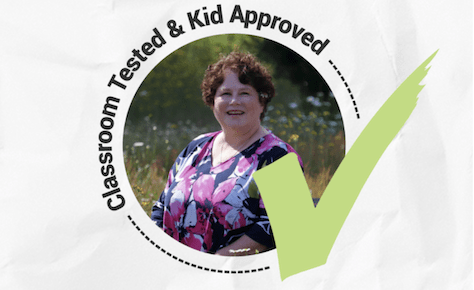I love the possibilities with the song/poem “Cobbler Cobbler.” It is incredibly versatile and perfect for K to 3 music instruction. My littles in kindergarten will be experiencing this classic over the next few days.
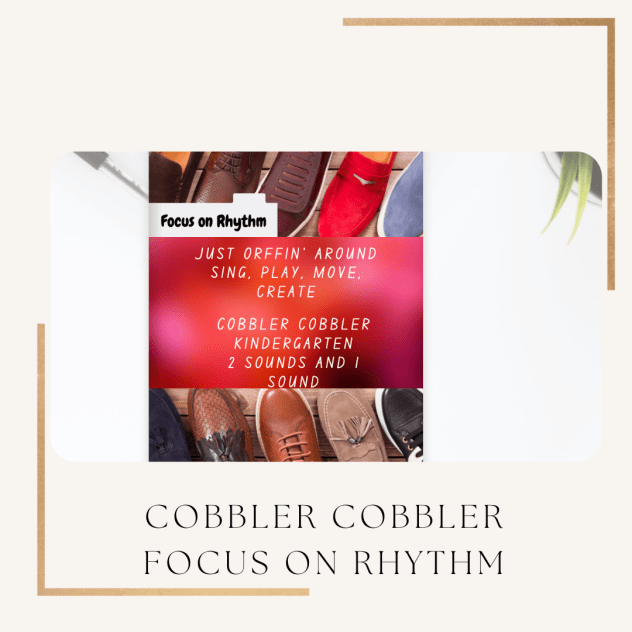
Step 1 Introduce the poem by rote.
Teaching by rote is the most efficient way to introduce a poem or song. Some pedagogues feel it takes away from learning to read music; however, at the K to 3 level, the rhythmic or melodic reading skills are more meaningful when students can connect it to prior knowledge—in this case, being able to sing the song accurately.
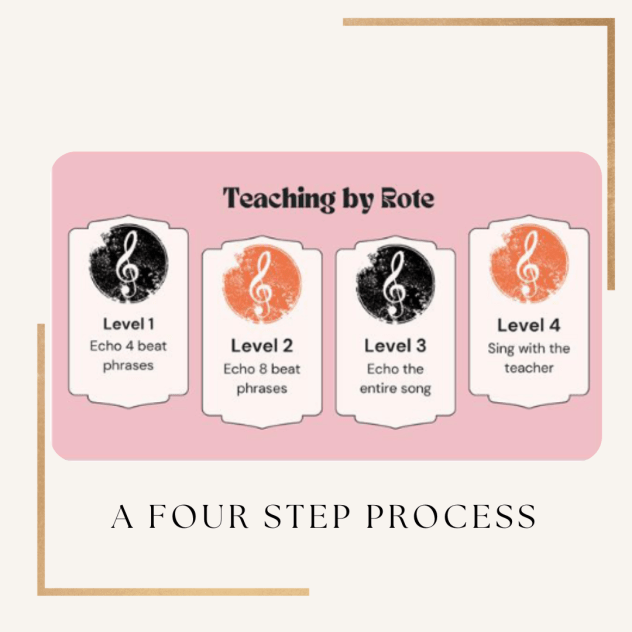
I use a four-step process when teaching by rote. The students understand the process and can define each level.
Level 1 – Begin with short phrases.
Level 2 – Listen Longer.
Level 3 – Listen to the entire song.
Level 4 – Sing with the teacher.
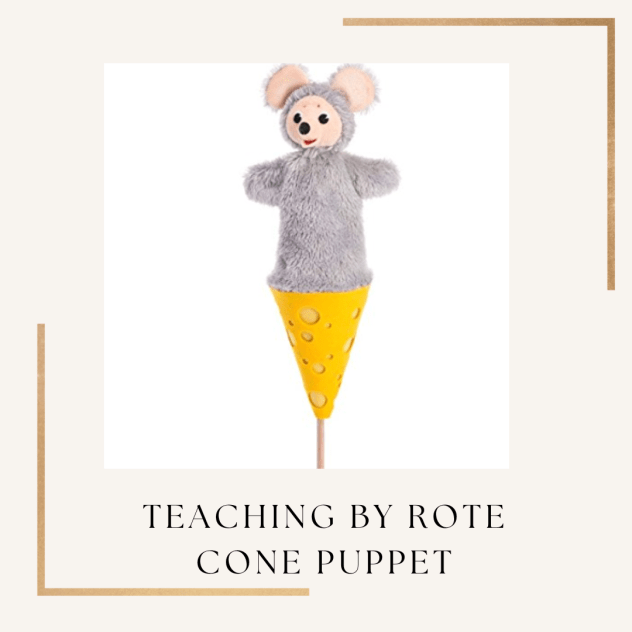
Does it drive you crazy when students sing when they are supposed to be listening? My cone puppet, “Westy,” the mouse, helps support proper echoing technique. Listen when the puppet is in the cone; when the puppet is out, sing. My students love it, and it is always in my hands when teaching a song or poem by rote.
Step 2 – Review steady beat
Understanding the difference between a steady beat and rhythm is a core concept that must be reinforced yearly. I use a simple definition. The steady beat stays the same, and the rhythm changes. Rhythm includes both short sounds, long sounds and silence. After learning the poem by rote, we feel the steady beat in our bodies. I begin by patting the steady beat. I ask the students: “Is this a steady beat, or is it rhythm? If they answer incorrectly, I ask, “Does it stay the same or change?” 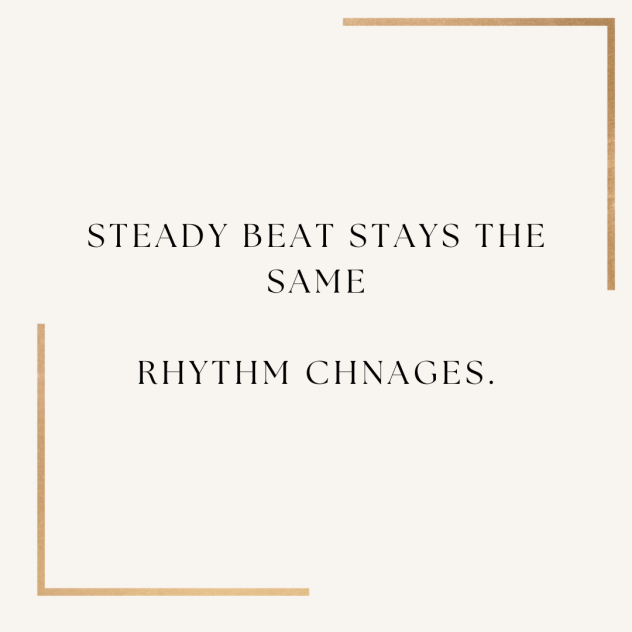
After re-defining the steady beat, I asked the students: “Where in our bodies can we keep the steady beat?” Using their suggestions, we feel it in different ways before transferring it to un-pitched percussion.
Step 3 – Put the words in your hands. Transfer to un-pitched percussion.
Rhythm = words in kindergarten music. Rhythm should connect to language. The kindergarten teachers love how I introduce this concept because it correlates to their work with syllables. Another link to the classroom is through audiation. Audiation is internalizing sound. When we think and clap the words, we develop the skill to read silently, process, and problem-solve internally.
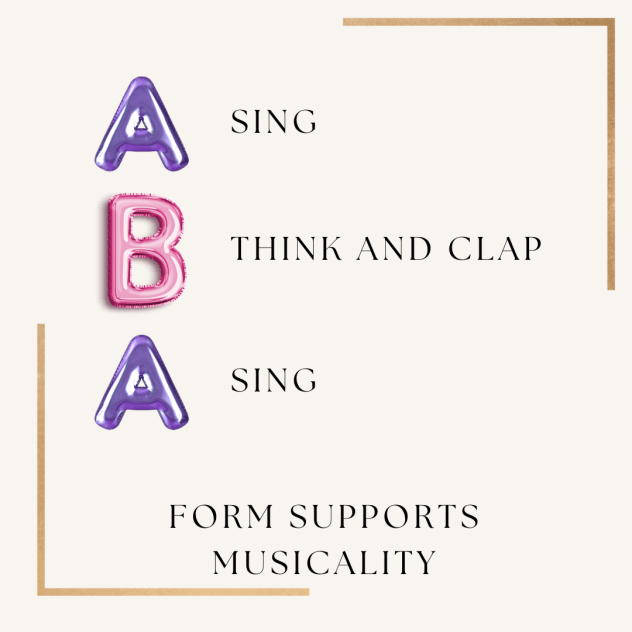
I use form to maintain the musical integrity and flow of the experience. The students will sing the song; Think and clap the rhythm; And then sing the song once again.
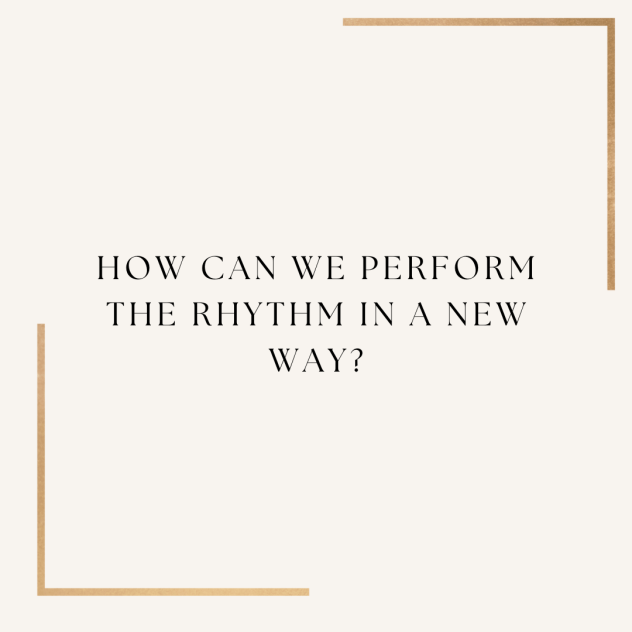
Properly understanding a concept is demonstrated when you can use prior knowledge in a new way. If you read my last post, I ask questions to support the Creative Process. How can we perform the rhythm in a new way? Students will offer suggestions like patting the rhythm, snapping the rhythm, and stomping the rhythm. I want to transfer it to instruments, so I have the instruments visible for inspiration.
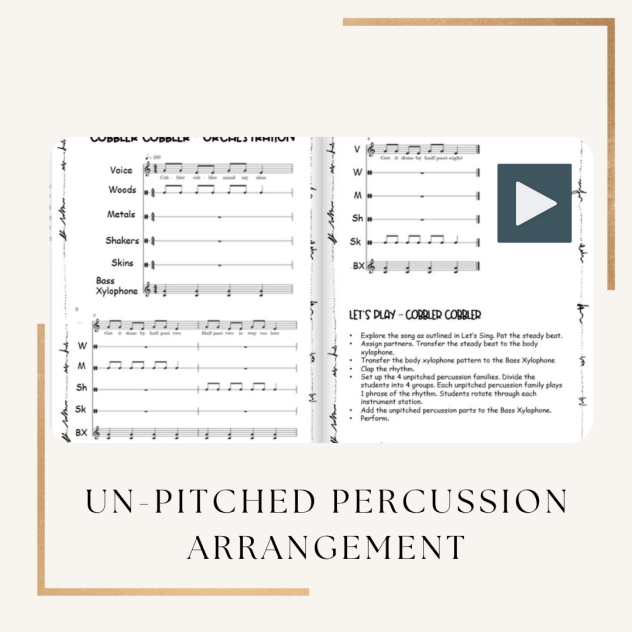
I had the different un-pitched percussion families playing individual phrases in this arrangement. Because it is the beginning of the year, I will have all the instruments play the rhythm together. Our form will now include: “Think and play” instead of ” Think and clap.” I will play the bordun to accompany the students to pull it all together. Orff arrangements are adaptable to fit the needs of your students.
Step 4 Create a B section using short rhythmic patterns using manipulatives
The students will work in small groups for this part of our lesson. Create a four-beat pattern using “cobbler” for two sounds and “shoe” for one sound.
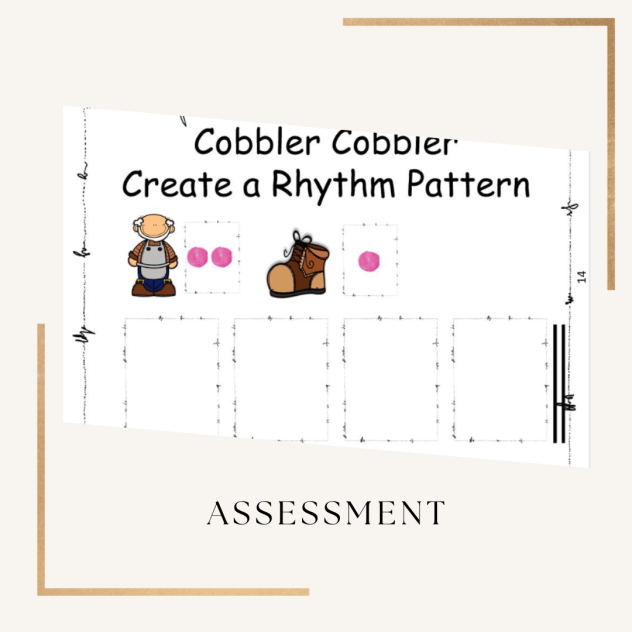
Before they begin this assessment activity, I model how to take turns and resolve conflict. I encourage students to maintain the form by singing the song as one student creates. As they play together, I circulate and assess whether they can accurately clap one sound and two sounds. The students don’t even know they are being evaluated.
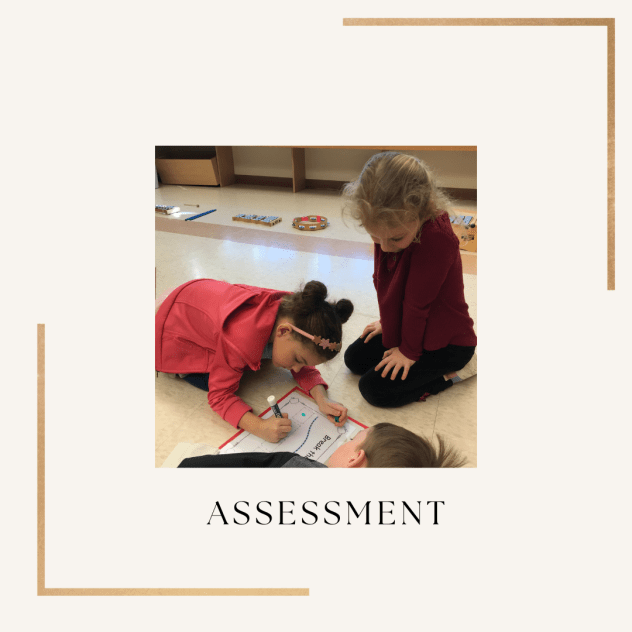
To recap the process:
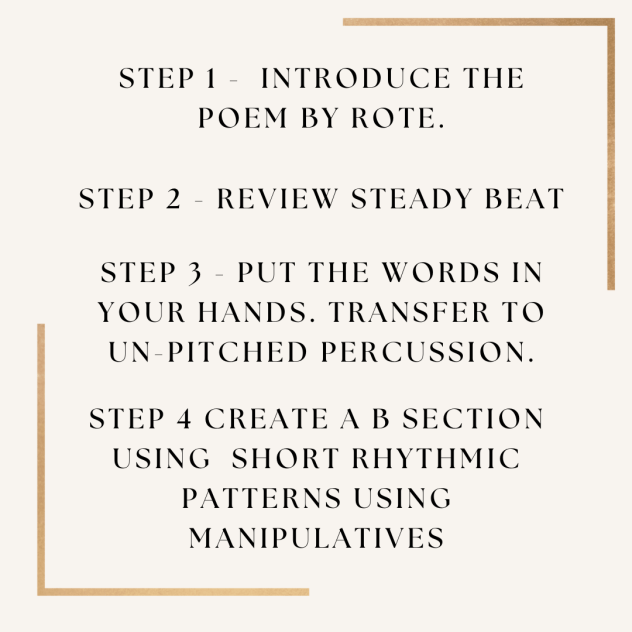
As always, I like to share with my community. Here is a link to my ‘Cobbler Cobbler – Focus on Rhythm” E-Book:
Have fun and let me know how it goes for you.
Take care
Ms. Syndi
